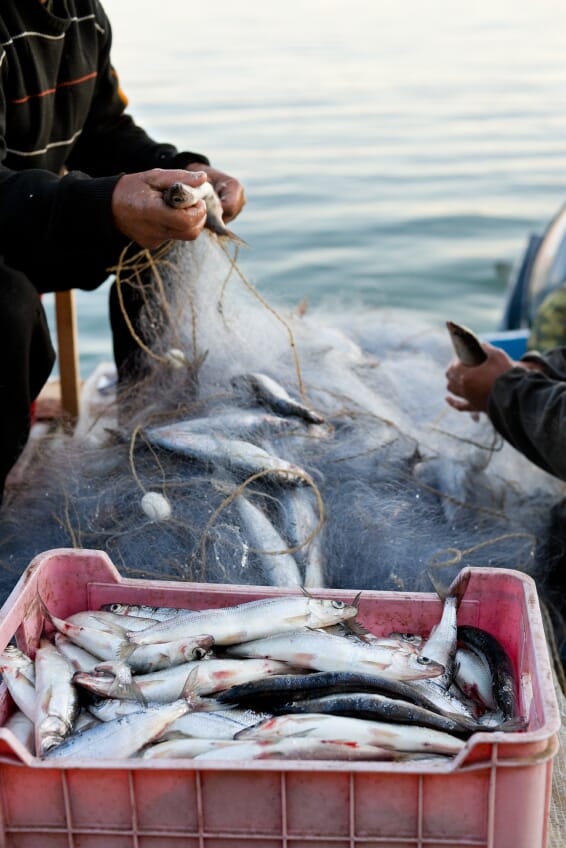Whilst a number of studies have found that, in UK retail markets at least, seafood carrying ecolabels do indeed fetch price premiums, few studies have investigated the impact of ecolabels on dockside (ex-vessel) prices. One such recently published study from researcher Adam Stemle (National Marine Fisheries Service) and colleagues found the impact of ecolabels on dockside prices is variable.
The study compared a number of different fisheries certified under the Marine Stewardship Council (MSC) ecolabel scheme with their non-certified counterparts: Alaska salmon (chum, sockeye, pink, coho, and chinook), North Pacific halibut, and the Kyoto Danish Seine Fishery Federation flathead flounder fishery. 
Compared to their non-certified counterparts, three of these fisheries showed dockside price improvements after receiving their MSC certification – Alaskan chum and pink salmon, and the flathead flounder.
Pacific halibut, and Alaskan coho and chinook salmon dockside prices showed no statistically significant difference post certification.
However, Alaskan sockeye salmon dockside prices actually declined after certification relative to their non-certified counterparts.
Since the costs of ecolabelling, which can be expensive, are often borne by the fisheries themselves, understanding how the economic benefits transfer down the supply chain has important implications for the industry. For example in 2012, several of Alaska’s large salmon processors retracted from the MSC program, possibly due to conflicts with the MSC, and/or a perception that the costs of certification were not offset by dockside prices achieved.
If it was the latter, the study authors explained, the processors may have been partially right. Whilst Alaskan salmon dockside prices may not have noticeably gone up post-certification, this study does indicate that for chum and pink salmon at least, Alaska’s fishers achieved higher prices relative to their closest competitor in British Columbia.
The authors do note that prior to the 2015 salmon fishery season, several of these large processors were seeking recertification, possibly due to increasing demand from the retail market for certified seafood, or potentially as a marketing strategy to increase more demand for Alaskan salmon, which at the time was predicted to have record runs.
The relationship between certification and dockside prices, especially when considered relative to non-certified equivalent products is complex. Whilst this study points to a relationship between MSC certification and dockside price changes relative to non-certified fisheries, it is not clear if certification directly caused any changes.
For those fisheries that experienced relative price increases, improvements in market position could be for one of three reasons: certified fish prices simply rose relative to their non-certified fish equivalents; certified fish prices declined less than non-certified prices; or certified fish increased in price whilst non-certified fish prices declined.
For those that saw no difference, as well as the decline seen in sockeye salmon, the authors note that not all fish products arising from a certified fishery bare the MSC label at the retail point. Under this scenario, fish products would not necessarily attract a price premium at the retail level to be transferred down the chain to the fishery.
The end-product of the fish is also a key factor in the price fishers may receive for their catch. For example, frozen fillets typically attract a higher retail value than the same fish in canned form. If the MSC certified fish that exhibited a price increase typically end up in frozen fillets, whilst their non-certified counterparts end up as canned products, then the dockside price difference may at least be partially explained by the retail value of the end product as oppose to the certification itself.




